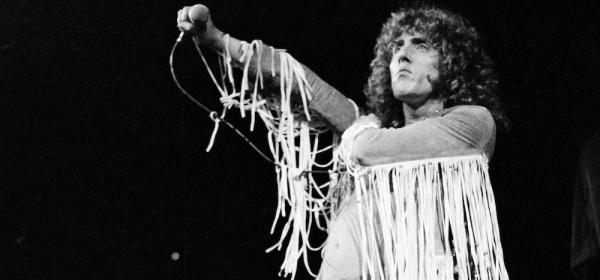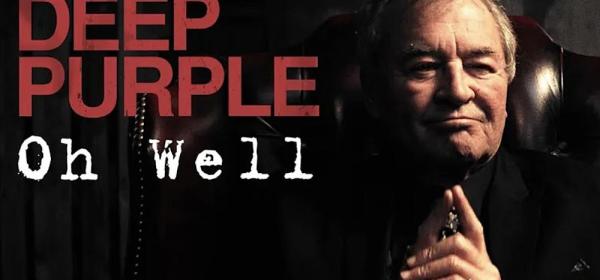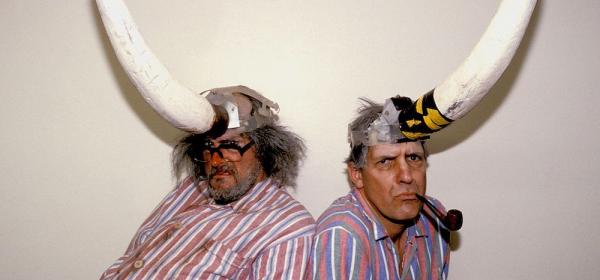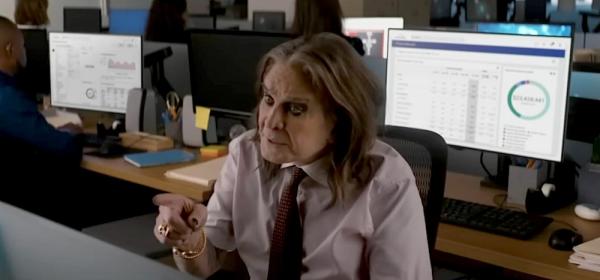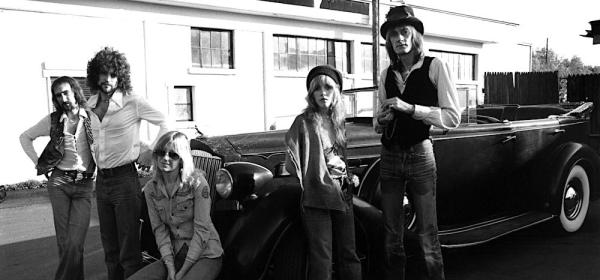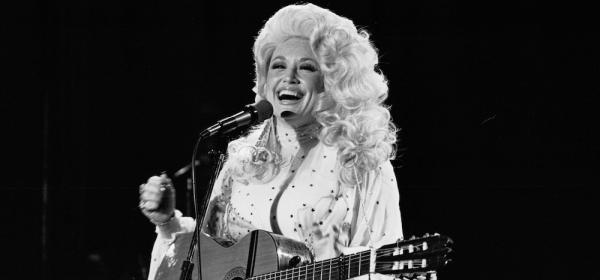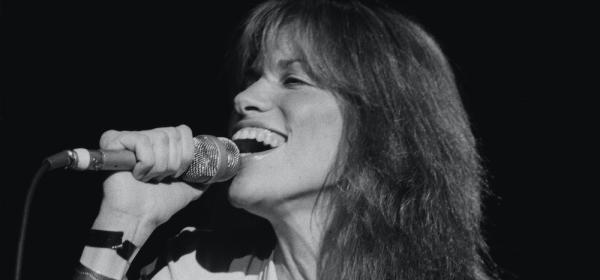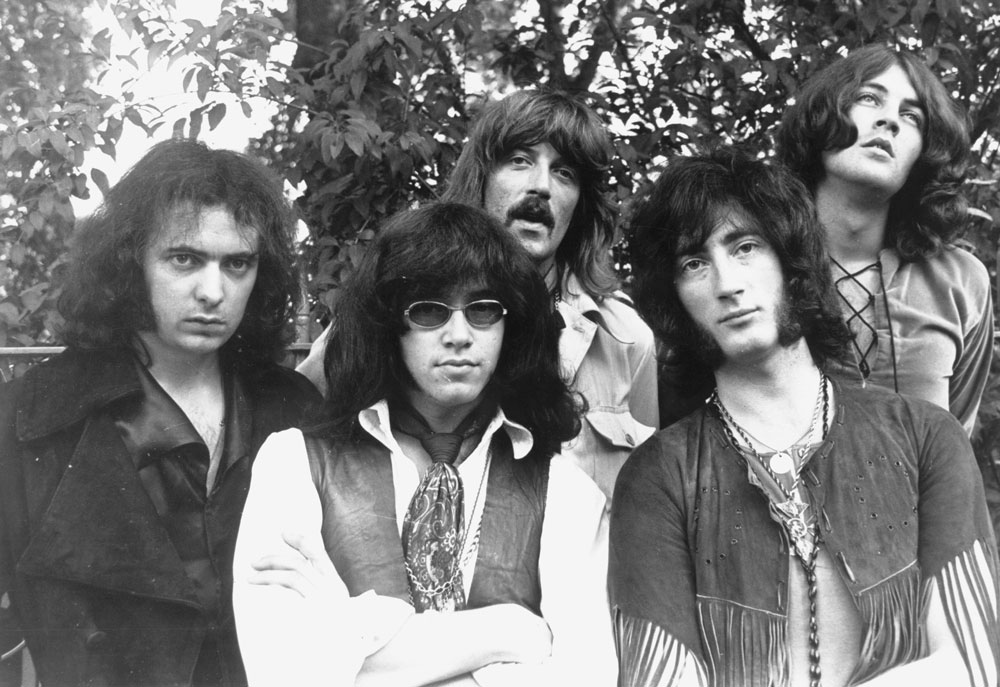
One of the great Classic Rock, Hard Rock and Heavy Metal bands, Deep Purple were something of an oddity when they appeared on the scene in 1968. A mix of psychedelic-tinged pop with progressive/classical overtones – Jon Lord’s organ playing was the band’s most distinctive feature - they initially came on like an English version of Vanilla Fudge. Vanilla Fudge was a Long Island cover band who’d risen to the top of the US charts with grandiose and overwrought organ-driven covers of recent hits including the Supremes’ “You Keep Me Hanging On” and Sonny & Cher’s “The Beat Goes On”. Deep Purple took a similar approach early on – although with a little less pomp – with a cover of Southern American singer-songwriter Joe South’s “Hush” on their first album Shades of Deep Purple. “Hush” was a flop at home but an instant hit in the States, although Deep Purple was beaten to the punch with “Hush” in Australia by Russell Morris’s band Somebody’s Image, who’d hit with it here earlier in the year.
Released in July 1968 in the US, Shades of Deep Purple was held over in the UK til September; one month before the band’s second album was released in the States! The group had worked quickly to capitalize on the success of “Hush” in the USA and rushed out another cover in a similar vein as a single. Their cover of Neil Diamond’s “Kentucky Woman” was released in October 1968 in the States, as was their second album The Book of Taliesyn. “Kentucky Woman” became their second US hit and first major Australia hit – it reached #11 – when it was released with “Hush” – by then clear of Russell Morris’s version – thrown on the flip.
So yeah, one of the great Classic Rock, Hard Rock and Heavy Metal bands started off with a soul-pop and Neil Diamond cover, and as something of a pre-fabricated British version of Vanilla Fudge. Hardly the sort of things myths are made of really, but Deep Purple Mk1 was a very different band to the band that came later, even though Jon Lord on keys, Iain Pace on drums, and the man who remains most synonymous with the group, the great Ritchie Blackmore on guitar, were all present. Things would fall in to place after a less successful third album, simply titled Deep Purple, came and went in 1969, and singer Rod Evans and bass player Nick Simper were replaced by Ian Gillan and Roger Glover respectively. The components for Heavy Metal greatness were all in place, they just needed to ditch the satin and hairspray, as well as Jon Lord’s overt classical leanings. Lord did help the new line-up gain some notoriety at home with The Concerto for Group and Orchestra, a collaboration with the Royal Philharmonic Orchestra that was performed at the Royal Albert Hall in London and released on LP in 1969, but that was hardly something they could take out on the road.
With Blackmore keen to simplify things and get his guitar playing to the fore, Deep Purple MkII headed in a harder and more urgent direction. With 1970’s Deep Purple In Rock they created a template for their own future, and for that of the burgeoning Hard Rock sound; Deep Purple In Rock, together with Black Sabbath’s Paranoid and Led Zeppelin I and IV, would become Hard Rock benchmarks and inspire a new sound known as Heavy Metal. Deep Purple In Rock kicked off with the mighty “Speed King”, which kicked the orchestra out and replaced with it heavily amplified, riff-heavy and accelerated Little Richard-inspired mania that undoubtedly inspired the Heavy Metal kids’ new favorite pastime of headbanging. While the album failed to capitalize on the band’s early success in the US, it made them Rock Gods at home in the UK, and also went to #1 here in Australia.
Simultaneous to the release of Deep Purple In Rock came the non-album single “Black Night,” which perhaps frames the band’s contributions to Heavy Metal better than anything.
Deep Purple followed up Deep Purple In Rock with the equally great Fireball in 1971, consolidating their success around the world, and providing a platform for their most popular and influential album Machine Head, which was released in 1972.
Deep Purple In Rock and Fireball are both set to be reissued on purple vinyl on 23rd November. They will be newly remastered by Andy Pearce and Matt Wortham from the original analogue tapes and cut at half speed by Barry Grint at Alchemy. The Deep Purple In Rock remaster will be of the original 1970 U.K. edition featuring the full-length version of “Speed King”; the Fireball remaster will be of the original 1971 U.K. edition featuring “Demon’s Eye.”
Tracklistings follows...
DEEP PURPLE IN ROCK
Side One:
1. Speed King
2. Bloodsucker
3. Child In Time
Side Two
1. Flight Of The Rat
2. Into The Fire
3. Living Wreck
4. Hard Lovin' Man
FIREBALL
Side One
1. Fireball
2. No No No
3. Demon's Eye
4. Anyone's Daughter
Side Two
1. The Mule
2. Fools
3. No One Came


